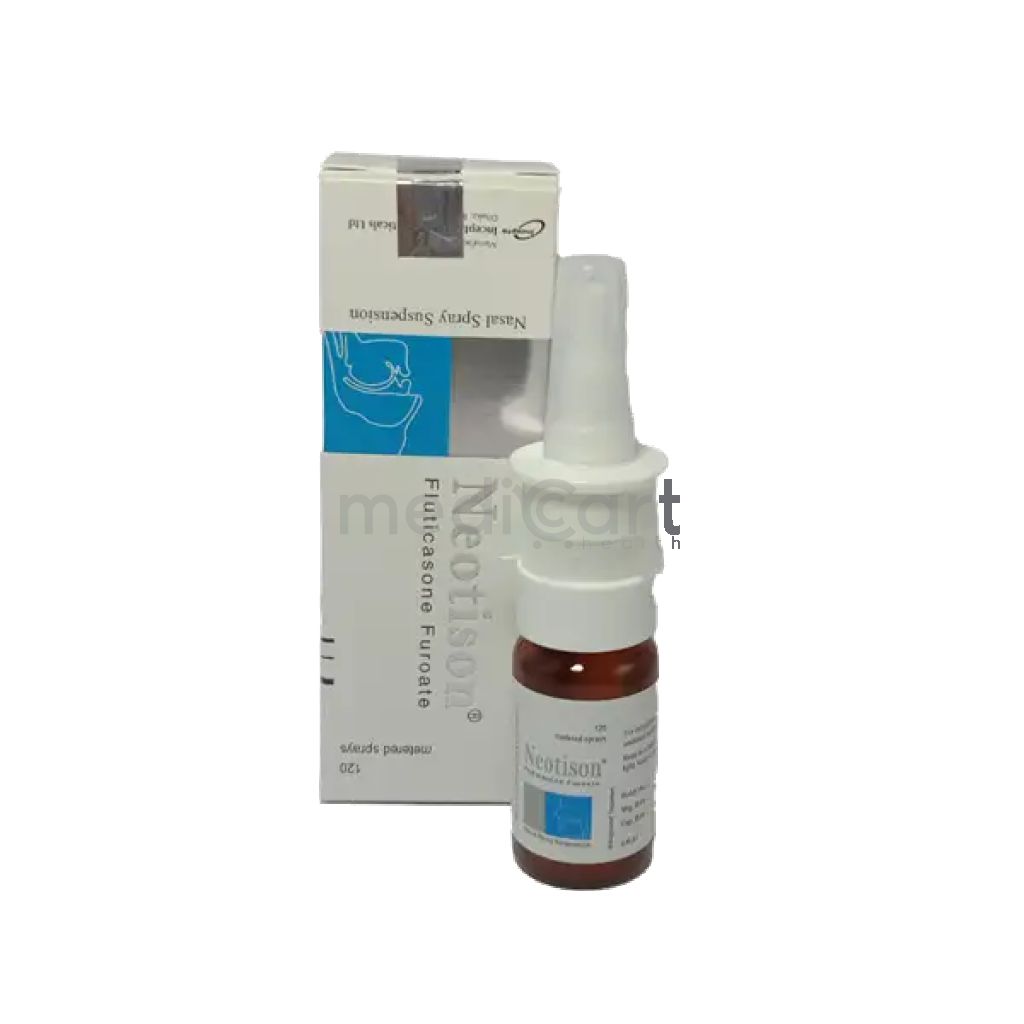

Flexicam IM 40mg/2ml
Injection
Pack Size :
1 Bottle x 1 Packet
Generics :
Piroxicam
Manufacturer :
Renata Limited
Best Price *
TK
14.72
* Delivery will be done in Dhaka city only.
More Information About - Flexicam IM 40mg/2ml
Description
Generic Name
PiroxicamPrecaution
Patient w/ known CV disease or risk factors for CV disease, fluid retention or heart failure, cerebrovascular disease, uncontrolled HTN, asthma. Elderly. Renal and hepatic impairment. Pregnancy and lactation. Patient Counselling This drug may cause dizziness, drowsiness, fatigue or visual disturbance, if affected, do not drive or operate machinery. Monitoring Parameters Monitor occult blood loss, Hb, haematocrit, electrolytes, renal and hepatic function; periodic ophthalmologic exams w/ chronic use. Closely monitor BP during initiation and throughout therapy. Lactation: excreted in breast milk; has adverse effect on the nursing infantIndication
Acute gout, Rheumatic disorders, Postoperative pain, Acute musculoskeletal conditions, Juvenile idiopathic arthritisContra Indication
Hypersensitivity or asthma-type reactions to piroxicam, aspirin or other NSAIDs. History or active GI ulceration, bleeding and perforation; history of GI disorders that predispose to bleeding disorders (e.g. ulcerative colitis, Crohn's disease, GI cancers or diverticulitis). Treatment of perioperative pain in the setting of CABG surgery. Concomitant use w/ aspirin, other NSAIDs and anticoagulants.Dose
N/ASide Effect
1-10% Indigestion (3.8-9.5% ),Upper respiratory infection (up to 8.3% ),Headache (2.4-8.3% ),Diarrhea (1.9-7.8% ),Nausea (2.4-7.2% ),Abdominal pain (1.9-4.7%),Edema (0.6- 4.5%),Anemia (up to 4.1% ),Dizziness (1.1-3.8% ),Constipation (0.8-2.6% ),Vomiting,Fever,Angina (<2% ),Congestive heart failure (<2% ),Hypertension (<2% ),Myocardial infarction (<2% ),Gastrointestinal hemorrhage (< 2% ),Gastrointestinal perforation, gastrointestinal ulcer (< 2% ),Inflammatory disorder of digestive tract (<2% ),Decreased platelet aggregation, purpuric disorder (<2% ),Hepatitis (<2% ) <1% Erythema multiforme, erythroderma,Stevens-Johnson syndrome,Toxic epidermal necrolysis,Jaundice, liver failure,Anaphylactoid reaction,Immune hypersensitivity reaction,Cerebrovascular accident,Interstitial nephritis, renal failure,Asthma, bronchospasm,Angioedema,Tinnitus, hearing loss Potentially Fatal: Thrombocytopaenia and acute nephropathy. Toxic epidermal necrolysis and Stevens-Johnson syndrome.Pregnancy Category
Name : C
Description
Animal reproduction studies have shown an adverse effect on the fetus and there are no adequate and well-controlled studies in humans, but potential benefits may warrant use of the drug in pregnant women despite potential risksMode of Action
Piroxicam is a NSAID, belonging to the oxicam group. It inhibits prostaglandin synthesis, reduces fever by acting on the heat-regulating center of the hypothalamus, inhibits platelet-aggregating substance thromboxane A2 and reduces pain receptor sensitivity. It also exerts anti-inflammatory effect by lysosomal stabilisation, kinin and leukotriene production, alteration of chemotactic factors and neutrophil activation inhibition.Interaction
Increased risk of GI bleeding w/ anti-platelets and SSRIs. May exacerbate cardiac failure, reduce GFR and increase plasma glycoside levels. Increased risk of nephrotoxicity w/ ciclosporin and tacrolimus. Increased absorption w/ cimetidine. Increased risk of GI ulceration w/ corticosteroids. May interfere w/ the natriuretic action of diuretics. May displace other highly protein-bound drugs. May increase steady state plasma lithium levels. May antagonise the effect of antihypertensives. May reduce the excretion of methotrexate, leading to acute toxicity. Increased risk of convulsions w/ quinolones. May interfere w/ mifepristone-mediated termination of pregnancy. Potentially Fatal: May enhance the effect of anticoagulants (e.g. warfarin). Increased risk of serious GI events w/ aspirin and other NSAIDs.Pregnancy Category Note
Pregnancy Category: C, D during third trimester of pregnancy (may cause premature closure of the ductus arteriosus) Lactation: excreted in breast milk; has adverse effect on the nursing infantAdult Dose
Adult: Rheumatic disorders Initial: 20 mg/day as a single dose. Maintenance: 10-30 mg in single or divided doses. Acute gout 40 mg/day for 5-7 days. Acute musculoskeletal conditions; Post-op pain Initial: 40 mg/day for 2 days. Maintenance: 20 mg/day for 1-2 wk.Child Dose
Juvenile idiopathic arthritis Child: >6 yr: <15 kg: 5 mg, 16-25 kg: 10 mg, 26-45 kg: 15 mg, >46 kg: 20 mg. Doses to be taken once daily.Renal Dose
N/AAdministration
Should be taken with food.Disclaimer
The information provided herein are for informational purposes only and not intended to be a substitute for professional medical advice, diagnosis, or treatment. Please note that this information should not be treated as a replacement for physical medical consultation or advice. Great effort has been placed to provide accurate and comprehensive data. However, Medicart along with its authors and editors make no representations or warranties and specifically disclaim all liability for any medical information provided on the site. The absence of any information and/or warning to any drug shall not be considered and assumed as an implied assurance of the Company.





